A Helmholtz-Zentrum Dresden-Rossendorf research team has controlled qubits using magnons, magnetic wave-like excitations in microscopic magnetic disks.


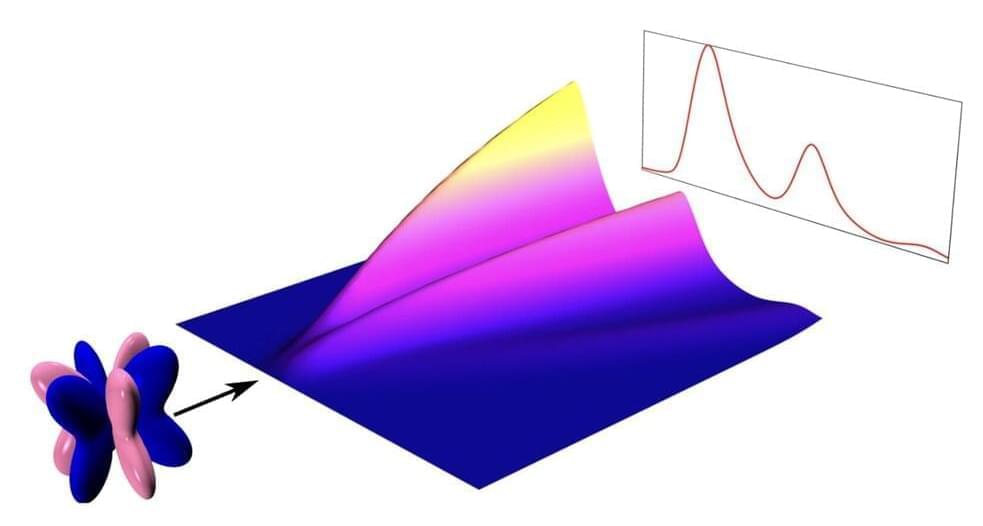
Quantum spin liquids are fascinating quantum systems that have recently attracted significant research attention. These systems are characterized by a strong competition between interactions, which prevents the establishment of a long-range magnetic order, such as that observed in conventional magnets, where all spins align along the same direction to produce a net magnetic field.
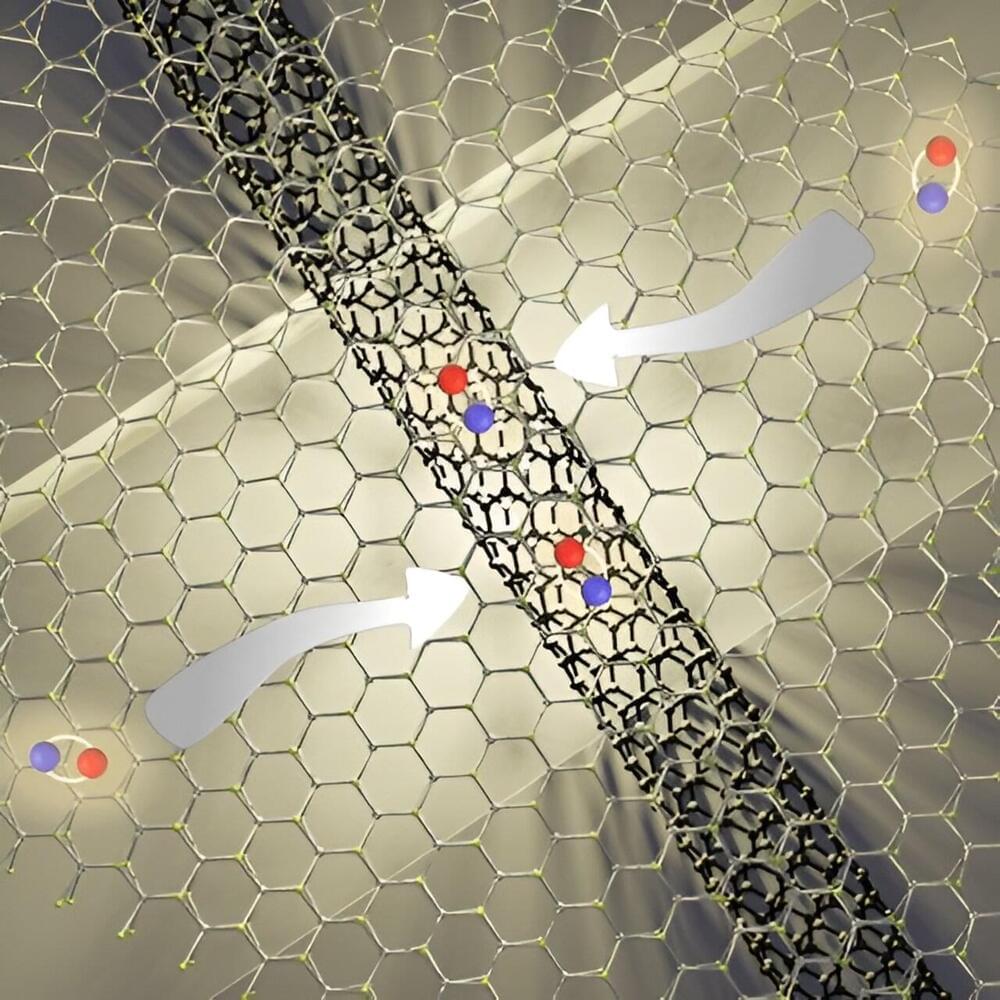

Electrons swarm in a soup of quantum entanglement in a new class of materials called strange metals.
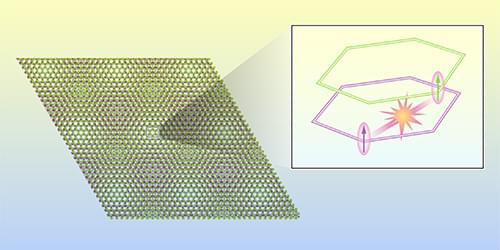
The unexpected observation of an aligned spin polarization in certain twisted semiconductor bilayers calls for improved models of these systems.
If you take two overlapping tiled patterns and rotate one with respect to the other, new patterns will emerge. This motif has been used in art and architecture for millennia. Over the past 15 years, materials physicists have used a similar strategy to realize new material properties. In one implementation, two material monolayers with a hexagonal atomic lattice are overlaid with an angle between the two lattices, resulting in an additional long-range lattice structure known as a moiré pattern. In 2021, scientists observed the so-called quantum anomalous Hall (QAH) effect in such a twisted bilayer, formed of MoTe2 and WSe2 monolayers [1]. Now Zui Tao at Cornell University and colleagues have used optical spectroscopy to study the interaction between these two monolayers when they are in the QAH state [2].
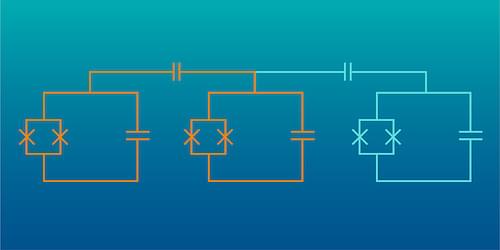
To operate reliably a quantum computer needs to correct the errors introduced into the system by noise in its hardware. Error-correction approaches typically use “logical” qubits, which are qubits made up of as many as a few thousand “physical” qubits. Logical qubits are much less error prone than physical qubits, but the hardware overhead complicates the realization of fault-tolerant quantum computers based on this approach. Now a team led by Harry Levine and Oskar Painter of the Amazon Web Services Center for Quantum Computing in California has demonstrated a new qubit design with built-in error-detection ability [1]. Painter says this qubit could serve as an alternative building block for error-correcting schemes, substantially reducing complexity.
The demonstrated qubit is an “erasure” qubit, one in which the most likely error type involves the loss, or erasure, of the qubit’s state [2]. This error is easier to spot and correct for than other qubit errors, such as those that flip the qubit’s state. Researchers have previously demonstrated erasure qubits made from single atoms. The new study makes the leap to transmons, the superconducting qubit used in the quantum processors developed by Google and IBM.
The erasure qubit of Levine, Painter, and colleagues contains three transmons. Two of the transmons are coupled together and store a qubit’s worth of information in a single, shared microwave photon. The third transmon reveals the loss of the photon—the erasure—through a shift in its operating frequency. The researchers show that in this qubit erasure errors are the dominant error type and can be detected in real time. The researchers now plan to use their new qubit to build logic gates and error-correcting circuits.

In a novel experiment, physicists have observed long-range quantum coherence effects due to Aharonov-Bohm interference in a topological insulator-based device. This finding opens up a new realm of possibilities for the future development of topological quantum physics and engineering. This finding could also affect the development of spin-based electronics, which may potentially replace some current electronic systems for higher energy efficiency and may provide new platforms to explore quantum information science.
The research, published in Nature Physics, is the culmination of more than 15 years of work at Princeton. It came about when Princeton scientists developed a quantum device — called a bismuth bromide (α-Bi4Br4) topological insulator — only a few nanometers thick and used it to investigate quantum coherence.
Scientists have used topological insulators to demonstrate novel quantum effects for more than a decade. The Princeton team developed their bismuth-based insulator in a previous experiment where they demonstrated its effectiveness at room temperature. But this new experiment is the first time these effects have been observed with a very long-range quantum coherence and at a relatively high temperature. Inducing and observing coherent quantum states typically requires temperatures near absolute zero on artificially designed semiconducting materials only in the presence of strong magnetic fields.
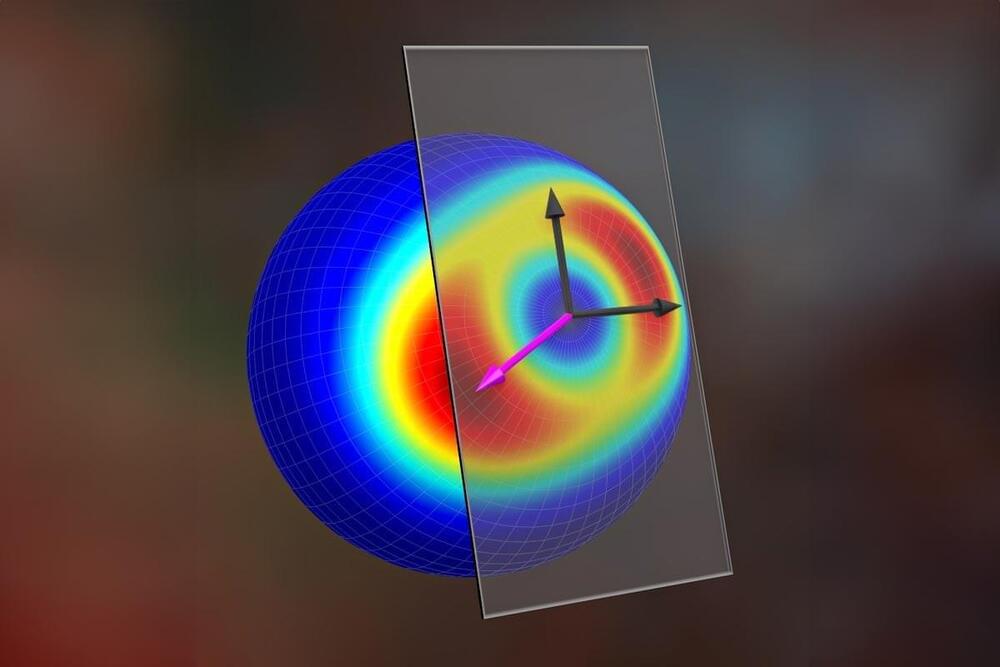
Researchers have revolutionized quantum sensing with an algorithm that simplifies the assessment of Quantum Fisher Information, thereby enhancing the precision and utility of quantum sensors in capturing minute phenomena.
Quantum sensors help physicists understand the world better by measuring time passage, gravity fluctuations, and other effects at the tiniest scales. For example, one quantum sensor, the LIGO gravitational wave detector, uses quantum entanglement (or the interdependence of quantum states between particles) within a laser beam to detect distance changes in gravitational waves up to one thousand times smaller than the width of a proton!
LIGO isn’t the only quantum sensor harnessing the power of quantum entanglement. This is because entangled particles are generally more sensitive to specific parameters, giving more accurate measurements.

“The Most Powerful Type Of Computing Machine That Is Possible In This Universe”
Aka Hyper Computers they are based on Quantum Computing & Gravity. They are agnostic to Causality i.e. they have Indefinite Causality (Cause & Effect Relationships)
Automatski is 5,000 years ahead of everyone else. It built the worlds first Quantum Gravity Computer in ~2006.

We perceive space and time to be continuous, but if the amazing theory of loop quantum gravity is correct, they actually come in discrete pieces.
By Lee Smolin